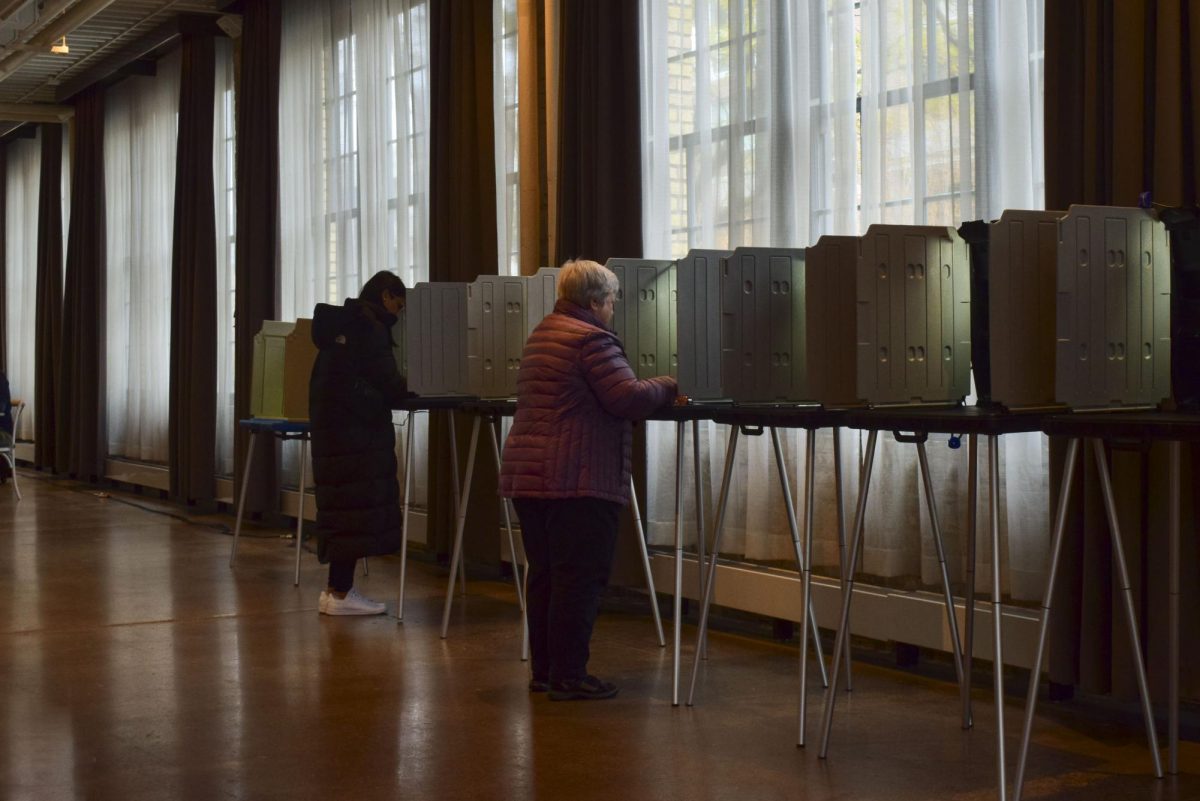Many of those who eagerly scour department stores for holiday jobs will be disappointed this year, as retailers are reporting fewer seasonal hires than in previous years. In a survey of the nationâÄôs top 100 retailers, 44 said theyâÄôll hire fewer holiday workers this year, according to Aon Consulting. âÄúWhen the economy overall is performing well, then youâÄôd expect greater seasonal hiring,âÄù said Kirsten Morell, communications director for the Minnesota Department of Employment and Economic Development. âÄúBut in leaner economic times youâÄôd see the opposite.âÄù Hiring fewer seasonal workers is a money-saving technique that retailers find appealing as holiday sales are projected to fall about 1 percent âÄî or about $4.4 billion âÄî from last year, according to the National Retail Federation (NRF). âÄúThe biggest factor in seasonal hiring this year is going to be the confidence people have in the overall economy,âÄù Morell said. While last year it hired 62,000 holiday workers, this year Target Corp. will hire fewer temporary workers, spokeswoman Heather Christensen said. Instead, the company will give its current employees more hours and cross-train them to work in different departments âÄî a move that benefits the company because it saves money, she said. âÄúHonestly, it costs less for training,âÄù she said. âÄúWeâÄôre not bringing on a new team member to train.âÄù In addition, employees gain the experience of learning about different departments in the store, she said. âÄúEach area has its own nuances,âÄù she said. Several retailers, including Wal-Mart, Sears, Barnes & Noble and Bed Bath & Beyond, said they canâÄôt distinguish an overall trend in hiring, as it varies greatly among store locations depending on size and volume of shoppers. But the news isnâÄôt all bad. Best Buy is reporting an increase in seasonal hires âÄî 25,000 people, up from the 16,000-20,000 hired last season, spokeswoman Erin Bix said. The increase aligns with a recent store model change earlier this year that calls for more direct customer engagement, she said. âÄúItâÄôs designed to make sure thereâÄôs more people on the floor,âÄù Bix said. At the Mall of America, overall hiring this year has been comparatively steady to previous years, spokeswoman Erica Dao said. During peak seasons, the MOA employs around 2,000 additional people. âÄúI know in October we had seen several âÄòfor hireâÄô signs in their windows,âÄù she said. âÄúSo we know theyâÄôre still hiring.âÄù Despite the fact that holiday sales have increased about 3.4 percent per year for the past 10 years, 2008 holiday sales were down 3.4 percent, according to the NRF. This marked the first year of decline the organization reported in the 16 years itâÄôs been keeping track. For most retailers, the holiday season accounts for between 25 to 40 percent of annual sales, according to the NRF. In 2008, holiday sales made up 18.5 percent of the retail industryâÄôs total sales. Although perhaps not as many as two years ago, there are still seasonal jobs to be had, especially in companies that specialize in winter sports, Morell said. As the economy improves, the need for seasonal workers will rise as well. ItâÄôs difficult to say whether the trend of hiring fewer workers at Target will turn around in years to come, Christensen said. âÄúRight now weâÄôre kind of in a time of flux,âÄù she said. âÄúThe whole country is.âÄù
Major retailers hiring fewer seasonal workers this year
Holiday sales are projected to fall about 1 percent from last year.
by Tara Bannow
Published December 7, 2009
0
More to Discover







